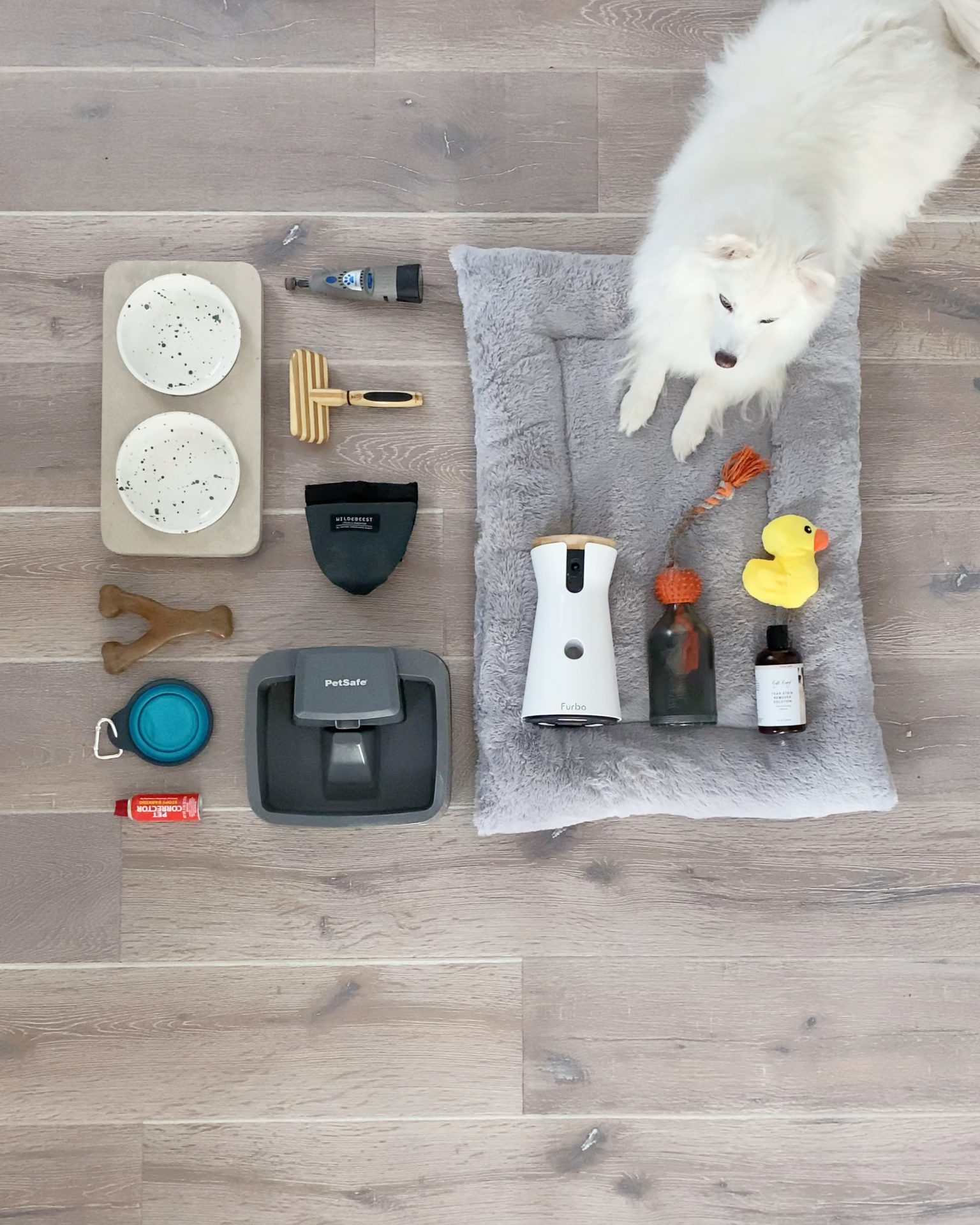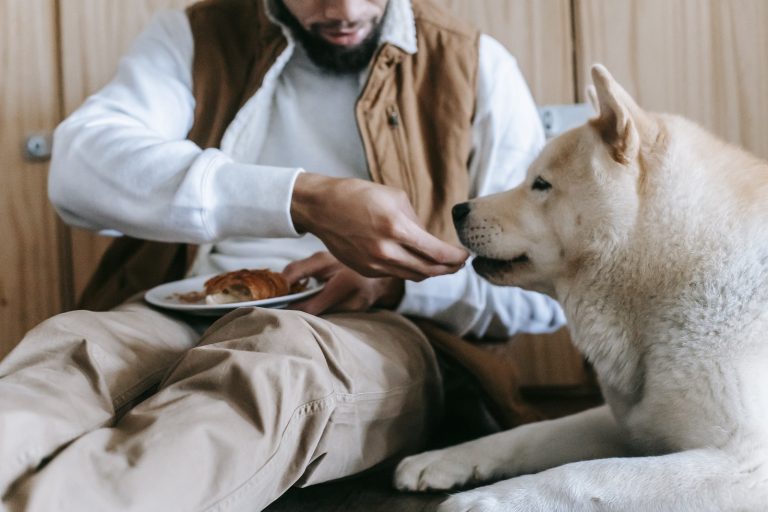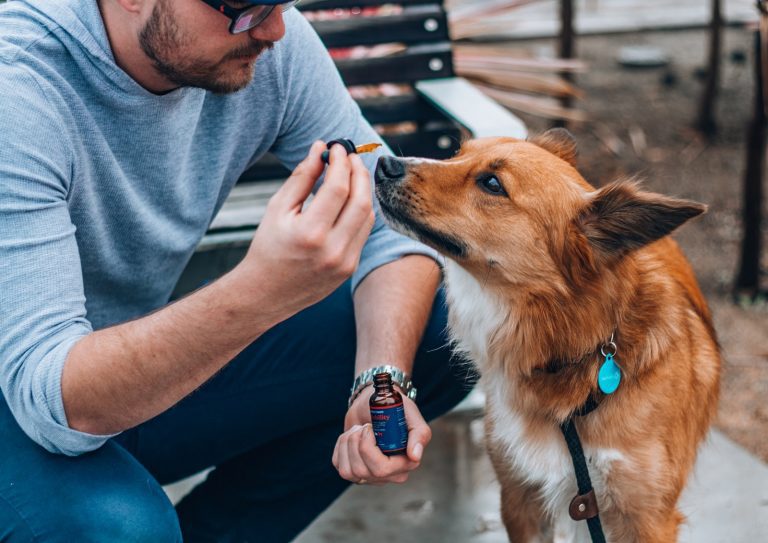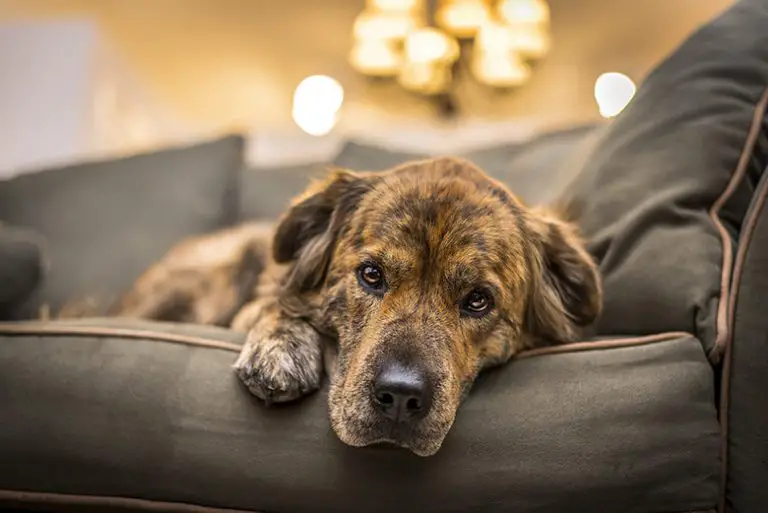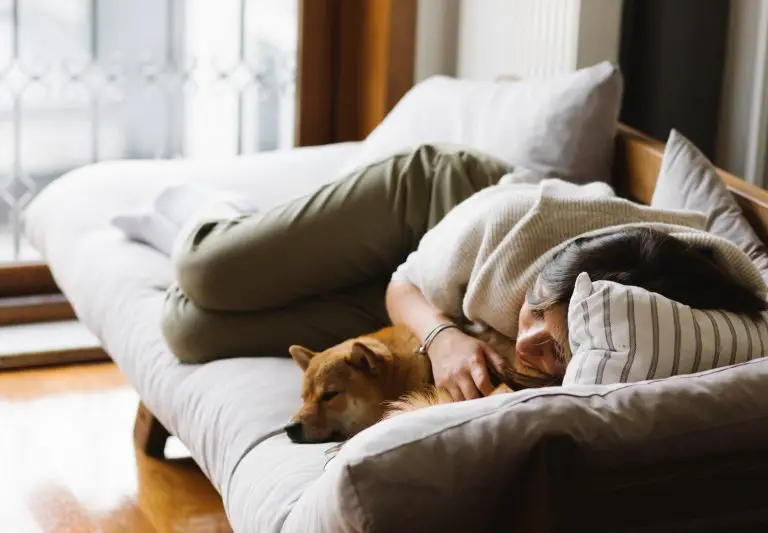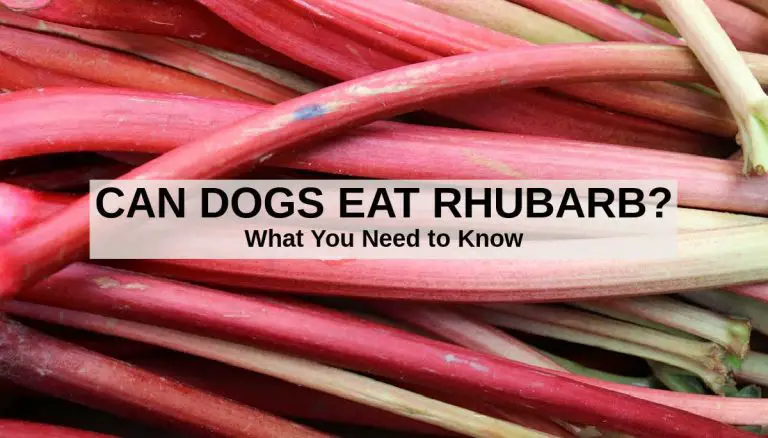Owning a dog is a big responsibility. While you can share in numerous fun moments with your furry friend, the experience isn’t always a walk in the park either. Similar to other pets, there are essential tools you’d need to keep your dog healthy, safe, and well-behaved. Let’s take a look at five of them:
1. Crate
There are many benefits to crate training your dog. This is a good way to get peace of mind that when you aren’t home, your dog isn’t going to get into any trouble. Aside from that, crate training can have many other benefits as well, such as helping with your dog’s sleep schedule. It can also come in handy with guests, especially if your pup gets a little extra excited. Remember that not everyone is as happy to see a dog as the dog is to see them, and having a place to put the dog up for the visit, or until the dog calms down a bit, can be very helpful.
Crate training will also turn the crate into a safe space for the dog, giving them a place to retreat when they need it. Whether it’s fireworks or a long day that’s got your doggy down, they will have a place to turn to that makes them feel safe and protected. This will also make traveling easier, as your dog will be adapted to the crate, which can provide comfortability and security in a new strange place, like a home away from home. It also means if you were to move, the dog would have something familiar to take with it. Their home inside their home could come, too!
2. ID Tag And Collar
You don’t want to lose your precious pup! And if you do, you want to ensure they get home safe and sound. Dogs can now have a microchip inserted under their skin, but for this to be helpful, you’re relying on the person who finds your furry friend to know there’s a microchip and go to a veterinarian to have it scanned. An easy way to make sure your bases are covered is to give them a traditional ID tag, even if it is in addition to the microchip. Even just putting your name and a phone number on the ID tag is enough to help your dog find its way home!
And to hang that beautiful new ID tag on, you’re going to want a collar. It’s helpful, especially if you have a puppy, to get your dog used to the collar so they don’t mind wearing it. There are tons of different types of collars and lots of options on what is best. Make sure you do your research and if you’re still conflicted, you can always talk to your vet.
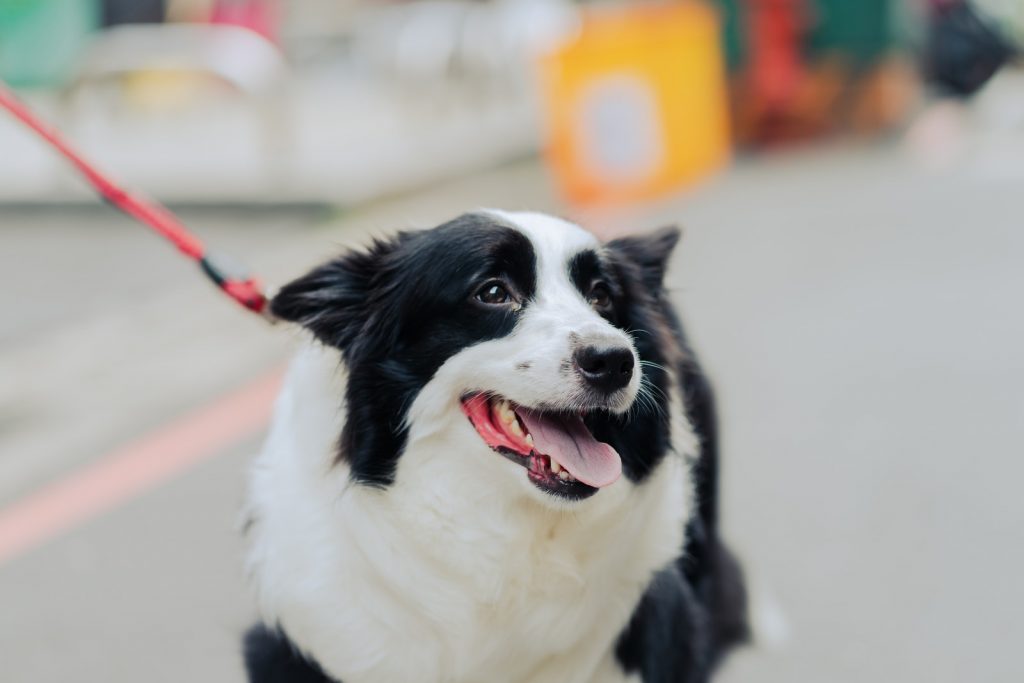
3. Leash
Along with a collar you will want a leash. You shouldn’t go anywhere with a pup without one! If you’re bringing home a puppy, it’s important to teach them from a young age to walk on a leash, even if they aren’t ready for long walks yet. Puppies are like children—the earlier you teach them things, the better those concepts stick in their brains. And if you’re bringing home an adult dog, you’ll want a leash so you can get right on those amazing walks your furry friend will be psyched for!
There are many different kinds of leashes, all with different benefits and drawbacks. Websites like MyBestBark will provide comprehensive lists complete with reviews so you can decide.
While some owners may choose to walk dogs off of their leash, it’s important to still respect other dogs and owners they may come into contact with. Having a leash on hand at all times is essential in case you come in contact with another dog family. Retractable leashes are often favored as they give the pup room to run while still giving you control. Sometimes, they even come with a way to fasten bags on them, making them extra convenient. But there may also be situations in which you need a traditional, no bells and whistles dog leash, so consider having both at your disposal.
4. Toys
You won’t know exactly what toys your dog will like until you try! You can’t go wrong with some tug-of-war ropes, one of the rubber toys with the hole in the center, and a squeaky toy for good measure.
Any toy you can throw for a dog to chase will give them great exercise. If you want to make the task easier for you, or you don’t have the best arm, plastic devices have been made that you can place a ball in to better and further throw it.
Remember that toys like rawhide and nylabones come with controversy, so do your research to ensure whatever decision you’re making for your dog is an educated one. Again, if you’re still worried after your research, you can always consult your veterinarian.
If toys are out of your price range at the moment, or your dog keeps turning up its cute little nose at all the options you give it, get creative! Old tennis balls are obvious, but old shirts can be great for tug-of-war. Just make sure there’s a clear difference between toys and items that are off limits. You can also check out resource sites for other ideas on making dog toys at home.
5. Shampoo, Conditioner, and Brush
Gotta keep your pet squeaky clean—for them and for you! From shampoos and conditioners to waterless bath sprays, it’s worth looking at your options for pet grooming. A brush will also come in handy, especially if you have a dog that sheds. Fluffy dogs tend to lose hair and have it stay caught in their coat. Brushing the hair out outside can help with allergies and also keep it off your furniture.
Conclusion
Dogs can be decisively complex to take care of, especially if you want to do it well. But if you get the essentials, life with your furry friend will be a breeze. Oh, and remember, the most important tool is a whole lot of love!

